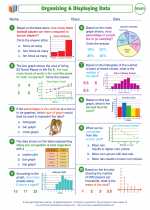Satellites
A satellite is an object that orbits or revolves around a larger object. In the context of space and astronomy, satellites are artificial objects launched into space to orbit the Earth, other planets, or celestial bodies. Satellites serve a wide range of purposes, including communication, weather monitoring, navigation, scientific research, and military intelligence.
Types of Satellites
There are several types of satellites, each designed for specific functions:
- Communication Satellites: These are used for transmitting television, radio, internet, and telephone signals over long distances.
- Weather Satellites: These are equipped with sensors to monitor and track weather patterns, including cloud cover, temperature, and precipitation.
- Navigation Satellites: These provide navigational assistance to ships, aircraft, and ground vehicles through systems like GPS (Global Positioning System).
- Observational Satellites: Used for scientific research, these satellites observe and collect data on Earth's surface, oceans, atmosphere, and outer space.
- Spy Satellites: Military and intelligence agencies use these satellites for reconnaissance and surveillance purposes.
Orbit Types
Satellites can orbit the Earth in different ways, and their orbits are classified based on their altitude and inclination:
- Low Earth Orbit (LEO): Satellites in LEO are relatively close to the Earth's surface, typically at altitudes ranging from 160 to 2000 kilometers. Examples include many communication and observational satellites.
- Medium Earth Orbit (MEO): These satellites orbit at altitudes between LEO and GEO, often used for navigation systems like GPS.
- Geostationary Orbit (GEO): Satellites in GEO have an orbital period that matches the rotation of the Earth, allowing them to remain stationary relative to a fixed point on the ground. This orbit is commonly used for communication and weather satellites.
- Polar Orbit: Satellites in polar orbits pass over the Earth's poles and provide global coverage as the Earth rotates beneath them. They are often used for Earth observation and mapping.
Study Guide
To better understand satellites, consider the following study guide:
- Research and describe the functions of at least three different types of satellites.
- Compare and contrast the characteristics of Low Earth Orbit, Medium Earth Orbit, Geostationary Orbit, and Polar Orbit.
- Investigate the history of satellite technology and its evolution over time.
- Explain the importance of satellites in modern society, citing specific examples and applications.
- Discuss the challenges and considerations involved in launching and maintaining satellites in space.
By exploring these topics and questions, you will gain a comprehensive understanding of satellites and their significance in our world.
.◂Math Worksheets and Study Guides Eighth Grade. Displaying data
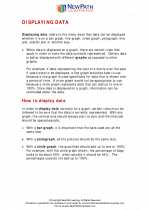
 Worksheet/Answer key
Worksheet/Answer key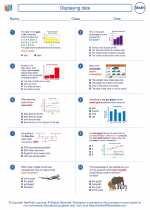
 Worksheet/Answer key
Worksheet/Answer key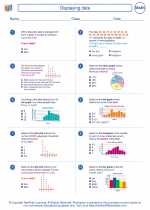
 Worksheet/Answer key
Worksheet/Answer key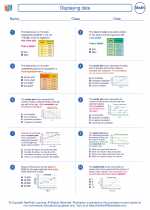
 Worksheet/Answer key
Worksheet/Answer key